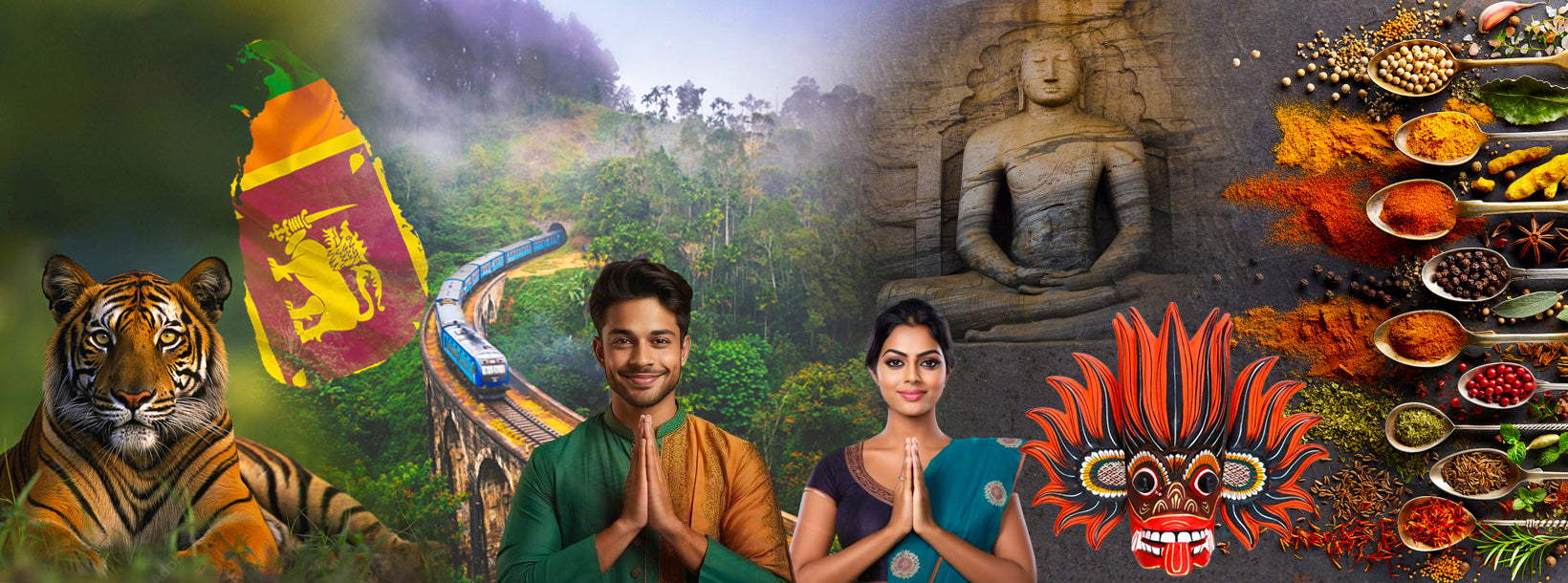
스리랑카
남아시아의 섬나라 스리랑카는 풍부한 문화 유산, 다채로운 자연 경관, 그리고 야생 동물로 유명합니다. 유서 깊은 사원, 깨끗한 해변, 울창한 차 농장, 그리고 활기 넘치는 축제 등 다채로운 매력을 자랑합니다. 스리랑카만의 독특한 문화, 따뜻한 환대, 그리고 맛있는 요리는 여행객들에게 매력적인 여행지로 자리매김합니다.
Maha Shivaratri
Maha Shivaratri is one of the most significant and widely celebrated Hindu festivals dedicated to Lord Shiva, the god of destruction and regeneration. The name "Maha Shivaratri" translates to "The Great Night of Shiva."
Significance:
- It is observed annually, typically in late winter or early spring, on the 13th or 14th night of the new moon in the month of Phalguna (usually February or March).
- This night is believed to be when Lord Shiva performed the Tandava, the divine dance, and when he married Parvati. It is also considered the night of his cosmic dance of creation, preservation, and destruction.
Rituals and Practices:
- Fasting: Devotees often observe a fast on Maha Shivaratri, refraining from consuming food or water for the day. Some devotees opt for partial fasts, consuming only fruits or certain foods.
- Night Vigil: The highlight of the celebration is staying awake throughout the night, known as a Jagaran. Devotees sing devotional songs, chant Om Namah Shivaya, and engage in prayer.
- Puja (Ritual Worship): The puja performed during Maha Shivaratri is special and involves offerings of bael leaves (Bilva leaves), water, milk, honey, and ghee to Lord Shiva's idol or Shiva Lingam. Devotees also light oil lamps and incense sticks to invoke divine blessings.
- Recitation of Sacred Texts: The Lingashtakam and Shiva Stotra are recited by devotees during the night. The Shiva Purana is often read in temples, narrating stories of Lord Shiva’s various divine acts.
- Meditation: Many followers meditate throughout the night to seek Lord Shiva's blessings, focus on inner peace, and purify their minds.
Spiritual Significance:
- Overcoming Darkness: The night of Maha Shivaratri symbolizes the triumph of light over darkness, ignorance over knowledge, and the power of spiritual awakening.
- Energy Alignment: It is believed that the earth’s energy is in a particular alignment on this night, making it an ideal time for self-reflection, prayer, and meditation.
Devotional Offerings:
- Shiva Lingam: The worship often revolves around the Shiva Lingam, representing Lord Shiva's energy and cosmic power. It is believed that offering water, milk, and other substances to the Lingam helps in receiving blessings and protection.
Popular Locations:
- Kedarnath and Somnath temples are famous for their special Shivaratri celebrations.
- Varanasi, Haridwar, and Rishikesh are other places where thousands of devotees gather to celebrate Maha Shivaratri with grand processions and prayers.
Mythological Beliefs:
- One belief is that Lord Shiva drank the Halahala (poison) that emerged during the churning of the ocean (Samudra Manthan), and he consumed it to protect the universe. This event occurred on the night of Shivaratri, and the day is thus seen as a reminder of Lord Shiva's sacrifice for the well-being of the world.
Maha Shivaratri is not only a festival of devotion but also an opportunity for spiritual growth, self-discipline, and contemplation. It is a time for devotees to deepen their connection with Lord Shiva, embrace his attributes of destruction and renewal, and reflect on personal transformation.










